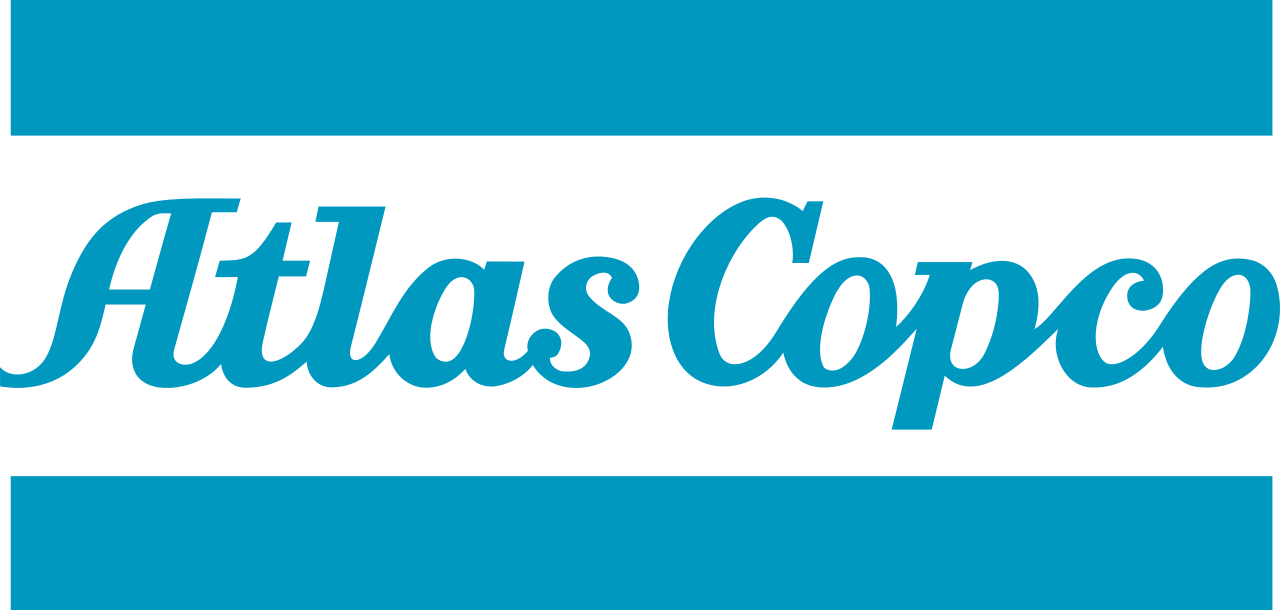Use Energy Efficient Compressors to Attain LEED Certification
by Erik Arfalk

According a U.S. Energy Information Administration report released in October, manufacturing energy consumption increased between 2010 and 2014 for the first time in almost a decade. Prior to 2014, energy consumption in manufacturing industries had been steadily decreasing since 2002.
But companies still have incentive to become energy efficient. Leadership in Energy and Environmental Design (LEED®) certification helps buildings keep their net environmental impact low in all phases of development, from construction to operation. Installing an Atlas Copco energy efficient compressor is just one way manufacturers can work toward achieving this status.
What is LEED?
LEED outlines strict criteria for total environmental impact and energy consumption in various categories including building design and construction; interior design and construction; building operations and maintenance; neighborhood development; and homes. Earning this certification demonstrates a company’s commitment to sustainable, environmentally-friendly practices.
How do facilities achieve LEED certification?
LEED certification is achieved based on a point system. The more resource-efficient a building is, the more points it earns. The U.S. Green Building Council explains that depending on the number of points achieved, buildings receive “one of four LEED rating levels: Certified, Silver, Gold and Platinum.”
The point scale for LEED is out of 110 possible points and is as follows:
- Certified: 40–49 points
- Silver: 50–59 points
- Gold: 60–79 points
- Platinum: 80 points and above
Why do manufacturers benefit from LEED certification?
Everyone benefits from LEED certification. According to the U.S. Green Building Council, “from 2015-2018, LEED-certified buildings are estimated to generate as much as $1.2 billion in energy savings, $149.5 million in water savings, $715.3 million in maintenance savings, and $54.2 million in waste savings.”
Besides the obvious environmental boon, LEED certification can significantly reduce manufacturer’s long-term costs associated with energy use. In addition to lower overall operating costs, buildings that comply with LEED standards may be eligible for tax credits, grants, expedited building permits, and reductions or waivers in fees.
Atlas Copco compressors help facilities achieve LEED certification
Installing an Atlas Copco compressor in your facility is a great start to achieving LEED certification (v. 3.0). Atlas Copco compressors can provide 12 or more credits in EA 1 – Optimize Energy Performance and one credit in ID 1 – Exemplary Performance.
Optimize Energy Performance – Using Atlas Copco compressors can help facilities use up to 35% less energy than with other compressed air systems. This saves money and lowers carbon footprint.
Exemplary Performance – Heat recovery is an effective way to reclaim a large portion of energy used during the compression process. Installing a heat recovery module in conjunction with a compressed air system can lower energy consumption by reusing heat for other facility applications, such as producing hot water.
Go green, save green
Installing energy-efficient machines is just one step on the road to reducing your facility’s carbon footprint. Going green can also impact your bottom line. While it may take extra thought and time to earn certification, your wallet — and the planet— will thank you.
To learn more about Atlas Copco compressors and energy recovery options, contact us today. Is your facility LEED certified? Tell us about your LEED journey in the comments below.
You may also enjoy the following articles:
How to Reduce CO2 Emissions and Save 30% on Energy Costs
Recover Heat from Air Compression
Department of Energy In-Plant Programs Help Slash Energy Costs

